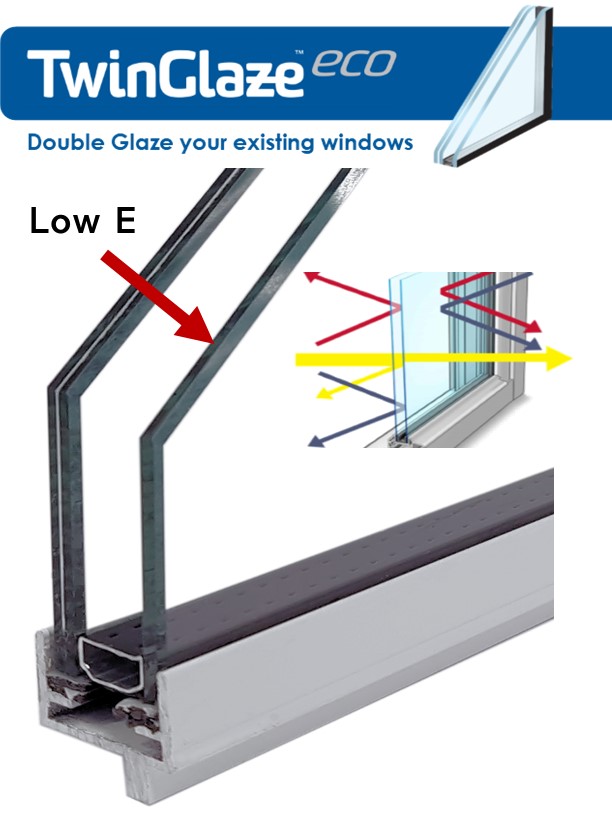All Categories
Featured
Table of Contents
Buy Double Glazed Upvc Sliding Doors In Sydney in Orelia WA
That window can transmit more solar heat in winter season than in summer. A west-facing window on a summer season's afternoon has an angle of occurrence from near 0 as much as 30 with a big reliable area of solar radiation. A north-facing window, in summertime, has a high angle of occurrence and a low efficient area of solar radiation, so can transfer less heat than a west-facing one.

You can rapidly and quickly improve the thermal performance of your home by changing your windows. There are thousands of types of glass and frames to choose from.
Double Glazing For Warmer Temperature : R/melbourne in Hocking Perth
Single glazing with clear glass is not really efficient when it comes to heat loss or gain. To enhance efficiency, you can utilize single glazing with a more energy-efficient type of glass such as low emissivity (low-e) glass.
Multiple layers can be assembled with sealed cavities between each sheet of glass. IGUs generally use better energy performance than single glazing, because they transfer less energy. However, the energy efficiency of IGUs also depends on: the homes of each layer of glass. Various glass types (for example, clear and low-e glass) can be created in an IGU.
Why Double-glazed Windows Are A Must in Byford WA

IGU cavities can be filled with air or a more inert, low-conductivity gas such as argon the width of the cavity. Cavity density is normally 6 to 18mm. Broader cavities provide lower (better) U values, with 12mm typically accepted as the preferred space how well the cavity is sealed. Cavities must be dry and well sealed to prevent moisture getting in.
If argon is set up to the cavity in place of air, wetness is reliably excluded the level of desiccant (drying representative). The spacer (metal or polymer strip) that separates the glass layers consists of a desiccant to take in any moisture. Inadequate desiccant might trigger moisture to condense on the glass surface area in cold conditions, reducing thermal efficiency.
Double Glazing - Albury - Twin Cities Glass in Canning Vale WA
In truth, IGUs can provide much better energy efficiency for all climates, specifically in heated and air-conditioned houses. Cross-section detail of single, double and triple-glazing units Low emissivity glass (commonly understood as low-e glass) lowers heat transfer. Low-e glass may be either high or low transmission: High transmission low-e glass has a covering that enables daytime from the sun to enter your home to achieve excellent solar heat gain, but lowers the quantity of the long wavelength infrared heat that can leave back through the window.
Low-e glass has either a pyrolytic finishing or a vacuum-deposited thin film metal covering. Pyrolytic finishes are durable and can be used for any glazing; vacuum-deposited finishes are soft and are only used within IGUs. Low-e finishes can considerably improve both U worth and SHGC; however, they need to be utilized correctly or they will either degrade or stop working to carry out as required.
What Are Double Glazed Windows? in Lesmurdie WA
Low-e coatings can be used in mix with clear, toned or reflective glass. Low-e finishes on glazing can lower heat transfer where required Picture: Department of Industry, Science, Energy and Resources Toned glass has actually colouring ingredients included during manufacture. It is offered in different colours, generally bronze, grey, blue and green.
Latest Posts
Diy Double Glaze in Koondoola WA
Glass Selector - Custom Single & Double Glazed ... in Midvale Perth
Does Double Glazing Keep Heat Out in Woodvale Western Australia